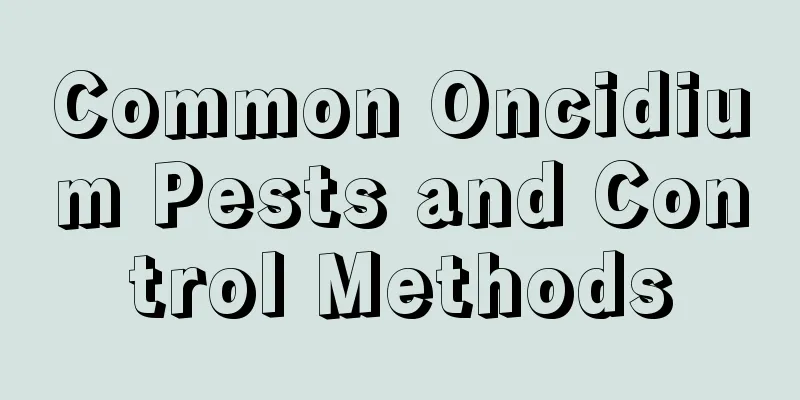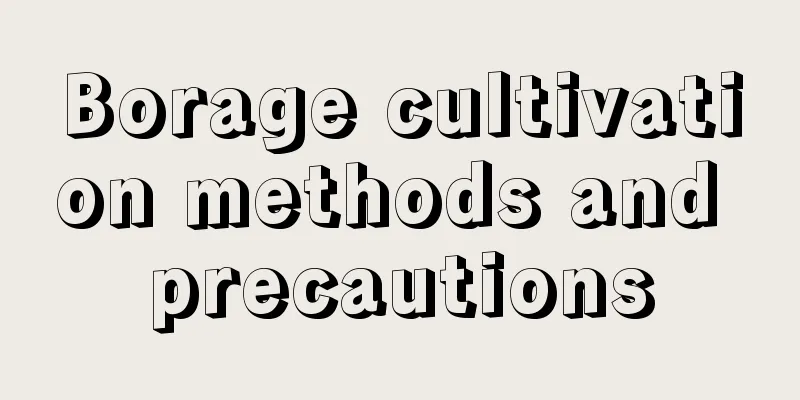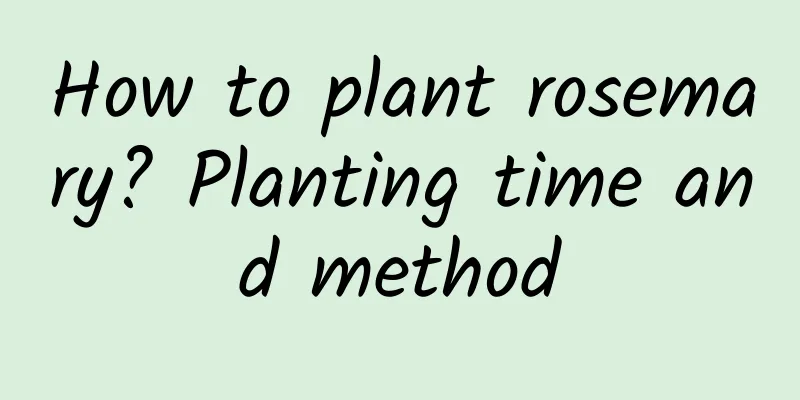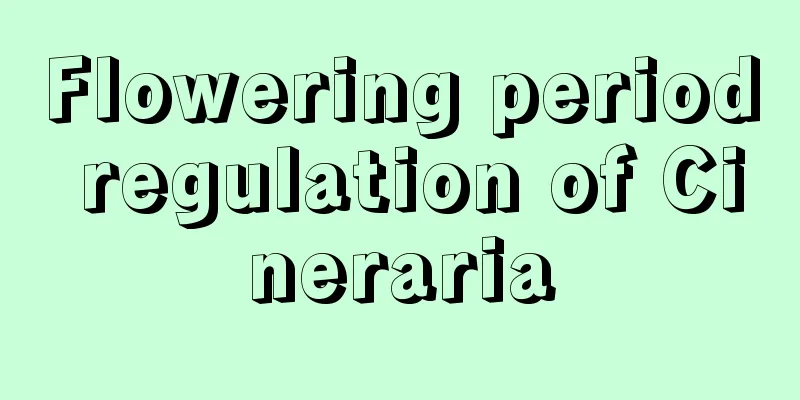Common Oncidium Pests and Control Methods

|
There are many insect pests for Oncidium, but the most serious one is scale insect. There are many types of scale insects, and the degree of damage varies in different environments. Let the editor show you about it! Oncidium pests: Coffee gray scaleThis scale insect is small in size and gray or brown in color. It mainly parasitizes on leaves, mostly on the back of the leaves, and feeds on the sap of the plant. When coffee scale infestation is severe, the entire leaf is densely covered with it, which not only consumes the nutrients of the plant, but also causes sooty mold disease due to its excrement, affecting its ornamental value. Prevention and control methods: Strengthen maintenance, ventilate in time, and rinse with clean water when insects are found. When the disease occurs over a large area, you can spray the pesticide once every 10 days, 1 to 3 times will be enough. The agents that can be selected are omethoate and dichlorvos. Oncidium pests: White shield scaleThis is the most common insect pest of Oncidium. The bug is white with white bumps around it. The insect body is relatively small, 1.5 to 2 mm, and the damage is relatively serious. It mainly occurs in short-plant Oncidium varieties. In severe cases, the leaves will be covered with white, affecting the accumulation of nutrients for photosynthesis. Prevention and control methods: When a small amount of white shield scale is found, scrape it off with bamboo strips in time, or wash it with laundry detergent. If there are a lot of white bugs, spray the pesticide in time. Oncidium pests: Oyster scaleThe oyster scale is about 2 mm long and yellowish-brown in color. It fixes on the front and back of leaves to absorb juice, making the leaves lose their luster and affecting their growth and ornamental value. Oyster scale appears 2 to 3 times a year, and is more serious in the second half of the year. Prevention and control methods: maintain ventilation, control watering, keep leaves dry at night; spray pesticides in time, for details, please refer to coffee gray scale. |
<<: Diseases and Pests of Chlorophytum comosum and Their Control
>>: Common pests of creeping sedge and their control methods
Recommend
How to plant chive seeds Chive seed sowing time and steps
Leek seeds are a plant of the lily family. After ...
How to care for the Butterfly Dance succulent
Butterfly Dance Succulent Growing Conditions Butt...
Michelia pest control methods
Pests and diseases of Michelia: scale insects Mic...
Should I cut off the money tree when its leaves turn yellow?
1. Should I cut it off? The leaves of the money t...
What to do if daffodils grow too tall
1. Temperature problem Cause: One of the most lik...
Emergency treatment methods for succulent water
Almost all succulent lovers will inevitably encou...
Do apricot trees like sun or shade? Do they like sunlight (light conditions)?
Do apricot trees prefer shade or sun? The apricot...
When is the best time to plant dahlias?
The right time to sow dahlias Dahlia belongs to t...
How many years does it take for a pomegranate tree to bear fruit? ...
Pomegranate trees bear fruit after several years ...
How to grow the heart-leaf daylily to make it more vigorous
The heart-leafed daylily, also known as the spide...
Why doesn't the tiger skin plant grow tall?
Reasons for not growing tall The reason why Sanse...
When and how to prune hawthorn trees
The pruning methods for hawthorn trees at differe...
The cultivation methods and precautions of Tangyin
Family farming methods temperature The Tangyin, w...
Does green radish cause cancer? Is its juice poisonous?
1. Does it cause cancer? It is an ornamental foli...
Is it profitable to grow Houttuynia cordata? Planting costs and profits
Is it profitable to grow Houttuynia cordata? The ...









